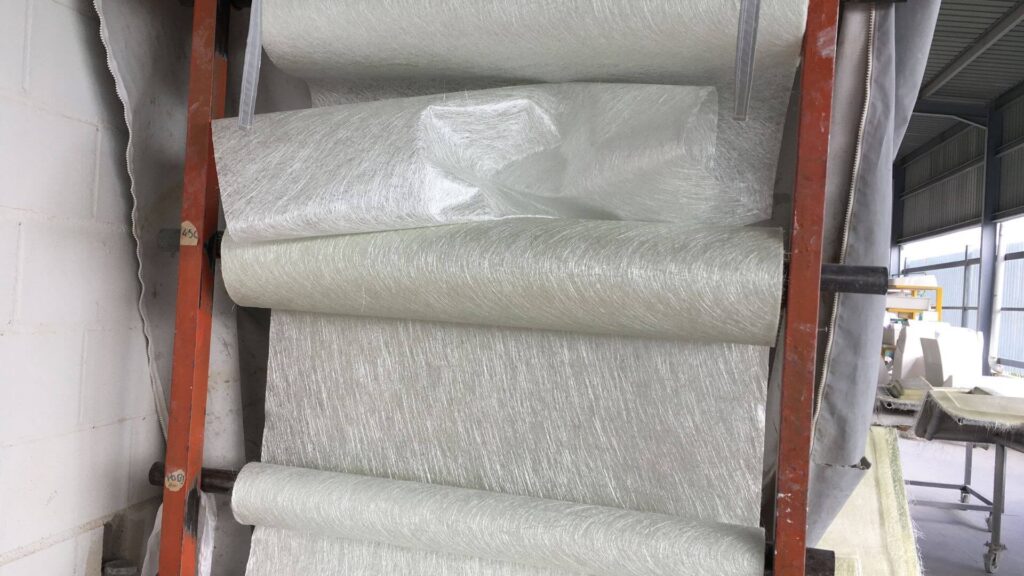Fiberglass, a versatile material used in countless applications today, was first invented in the late 19th century. The first patent in the US for the production of glass fiber was issued to Hermann Hammesfahr in 1880. He developed a cloth woven from glass fibers and silk.
The Early Days of Fiberglass
While Hammesfahr’s patent marked a significant milestone, the history of glass fibers dates back much further. The ancient Phoenicians and Egyptians were two civilizations that made glass, and both of them made glass into fibers, or made fiberglass.
However, it wasn’t until the Industrial Revolution that glass fibers started being used for more than just ornamentation.
The Evolution of Fiberglass Manufacturing
After Hammesfahr’s patent, the production of glass fibers continued to evolve.
In the early 20th century, researchers began experimenting with different methods of producing glass fibers, leading to the development of more efficient and cost-effective manufacturing processes.
One of the most significant breakthroughs came in the 1930s when Games Slayter of Owens-Illinois invented a product called “glass wool,” which is what we commonly refer to as fiberglass today. This material was initially used primarily for insulation purposes.
==>> Also read: what weakens Fiberglass?
The Rise of Fiberglass in Modern Applications

As manufacturing techniques improved and the benefits of fiberglass became more widely recognized, its use expanded into various industries.
In 1938, Owens-Corning trademarked the term “Fiberglas®,” and the material soon found its way into clothing, boat hulls, fishing rods, and even automobile bodies by 1953.
Today, fiberglass is an essential material in numerous applications, from construction and automotive industries to aerospace and renewable energy sectors. Its lightweight, durable, and insulating properties make it an ideal choice for many products and structures.
Fun Facts About Fiberglass
- The process of creating glass fibers is similar to the way cotton candy is made, with molten glass being spun into thin strands.
- Fiberglass is made from a mix of natural materials, including sand, limestone, and soda ash.
- The fiberglass industry has come a long way in terms of safety and sustainability, with modern production methods focusing on reducing environmental impact and ensuring worker well-being.
The Future of Fiberglass
As technology continues to advance, it’s likely that we’ll see even more innovative applications for fiberglass in the future. Researchers are constantly exploring new ways to enhance the material’s properties and make it more eco-friendly.
From its humble beginnings as a woven cloth to its current status as a crucial component in countless products, the story of fiberglass is one of ingenuity, perseverance, and continuous improvement.
As we look to the future, it’s clear that this remarkable material will continue to play a vital role in shaping our world.

Founder of BoatGenesis, Warren has hands-on experience in fiberglass boat repairs, marine equipment testing, and powerboat building. Learn more about Warren.




